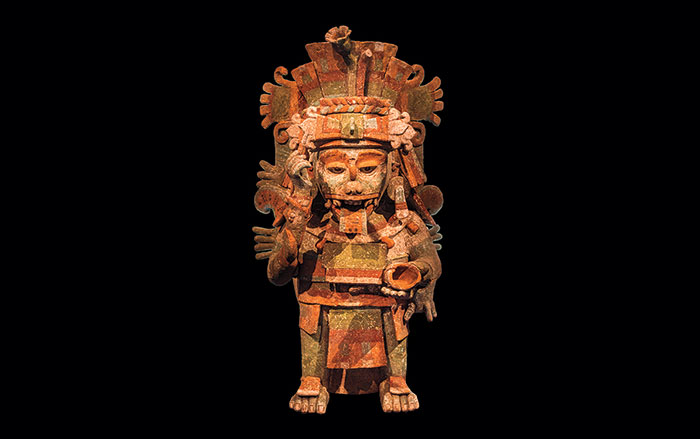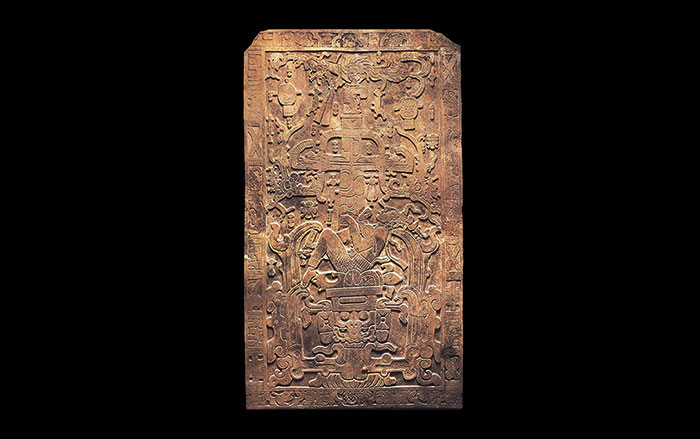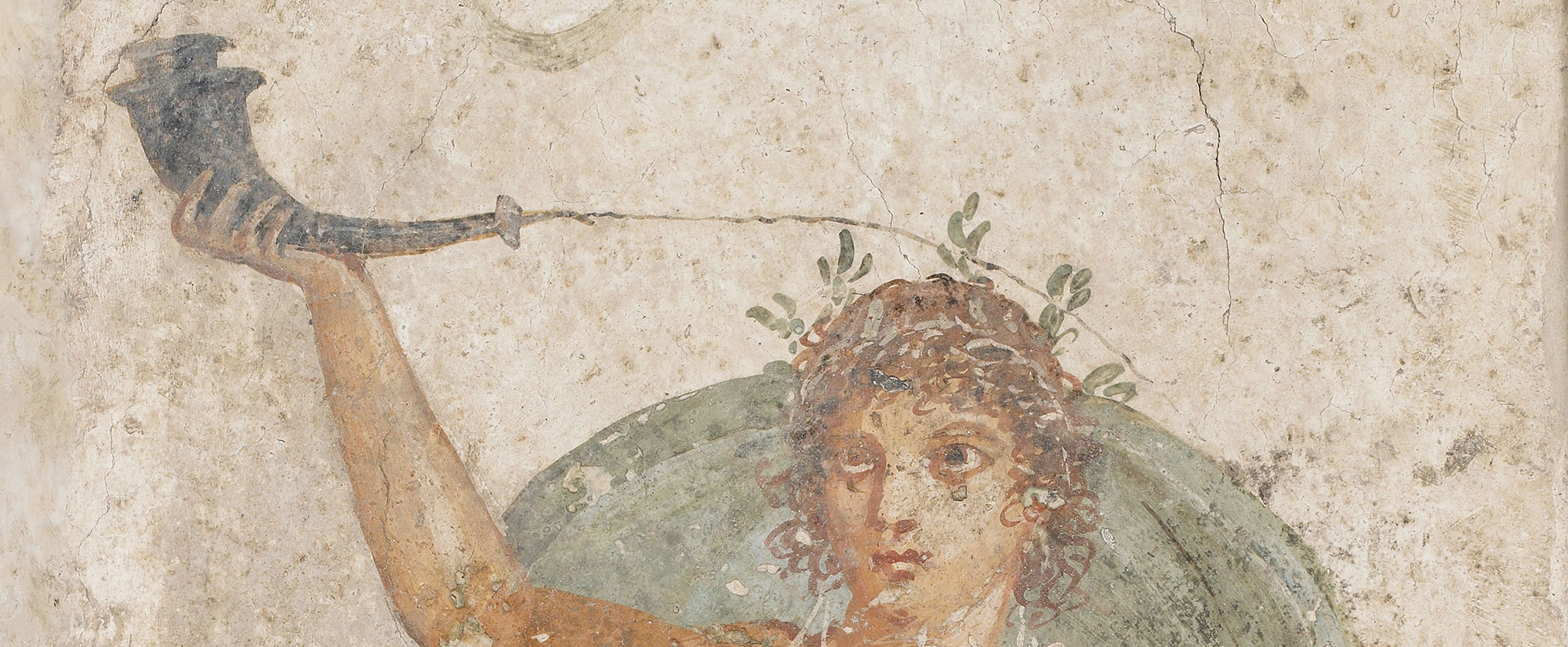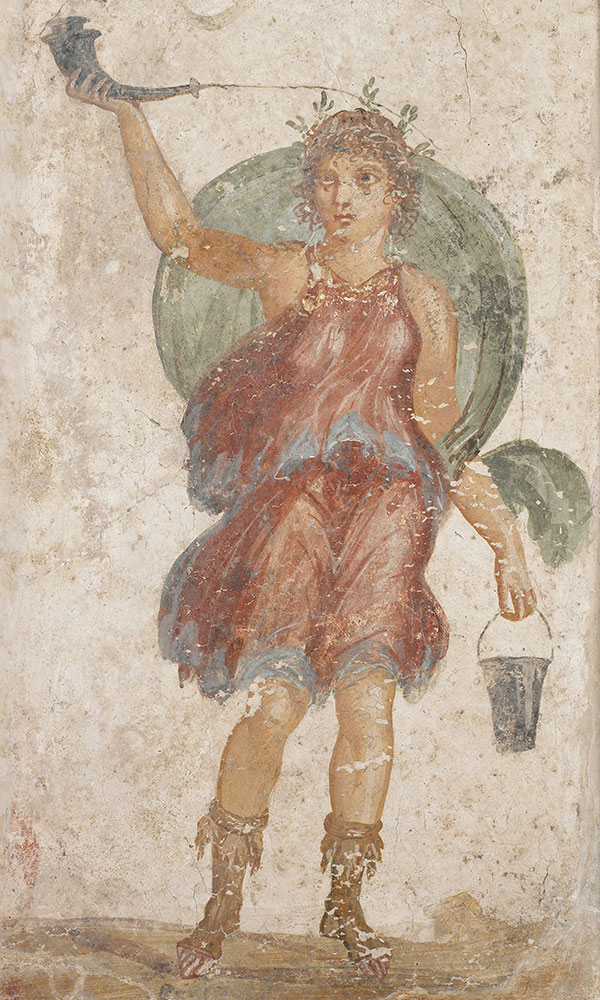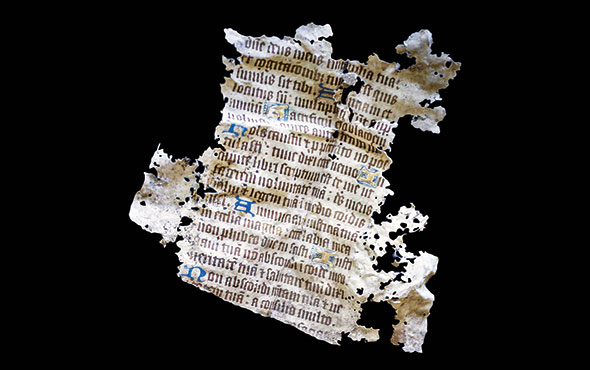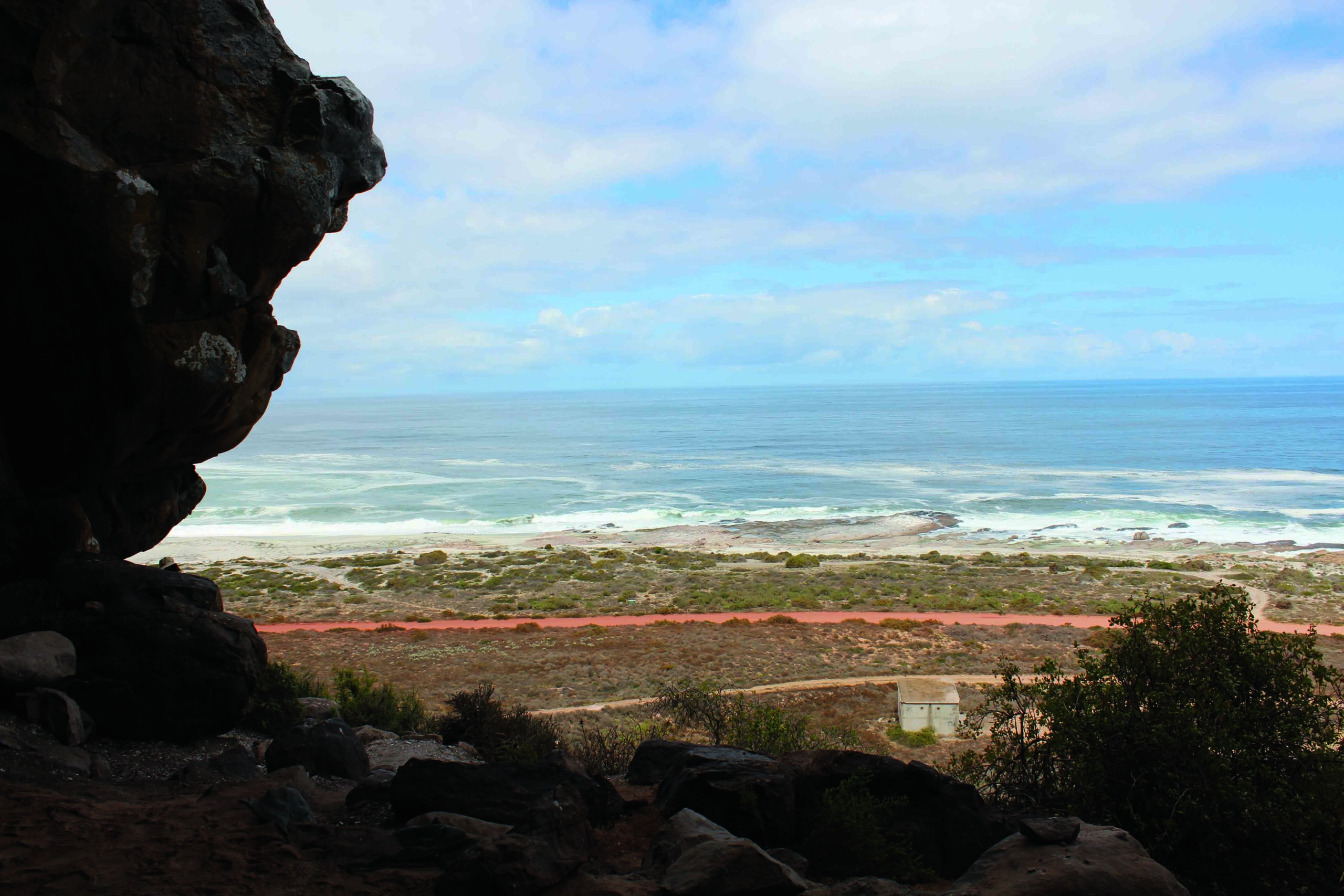
PULLMAN, WASHINGTON—According to a statement released by Washington State University, researchers led by Mario Zimmermann have detected Mexican marigold, Tagetes lucida, and two types of tobacco, Nicotiana tabacum and Nicotiana rustia, in 14 miniature Maya ceramic vessels recovered from the Yucatán Peninsula. The researchers employed a new technique to identify additional plant compounds beyond caffeine, nicotine, and other compounds found in tobacco in residues collected from vessels associated with drug use. Zimmermann suggests adding the marigold to the tobacco mixture may have made smoking more enjoyable. The team members hope to investigate a wide range of Mexico’s vessels and the dental plaque on human remains for a better understanding of psychoactive plant use. Read the original scholarly article about this research in Scientific Reports. To read about a 1,000-year-old bundle from Bolivia that contained psychotropic substances, go to "Half in the Bag."



